Last night we returned to Furman University to watch another free, outdoor (and mosquito-free) concert. Bluegrass this time, with a band from Athens, Georgia. True, a bluegrass band from Georgia sounds about like a funk band from the Lower East Side, but they did a commendable job.
I wanted to get a shot of the band, but it was dark and they were performers. By this, I mean they didn’t come out and simply play their songs. They performed: facial communication with the audience and each other; exaggerated motions while playing; dancing; whooping and hollering — sort of like one could imagine Madonna doing if she ever sang bluegrass. She wouldn’t stand at the mike and simply sing: she’d have to turn the show into a show about the music and the performer. I guess that’s what performing means. It always struck me as false: appearing to look like the musician is more into the music than he or she really is. And so each and every shot I took of the band was blurry: I was far away and they were wiggling and goofing too much.
We sat on blankets and I tried to explain the difference between country and bluegrass to some Polish friends. I was tempted to say, “Well, bluegrass takes talent; contemporary country doesn’t,” but that might be a little too judgmental of a genre that was quite fine in Hank Williams day but seems somehow to have lost its way. I made an attempt: Bluegrass is always acoustic. There’s an emphasis on the virtuosity of the players. The tempo of most songs is very quick. There’s almost always at least two-part harmony, with a high tenor harmony that can be, at times, quite dissonant. There is almost always a folk element, which is more pronounced in traditional bluegrass but still evident in its progressive forms. Some of the songs can be traced back to old fiddle songs; many old fiddle songs are showcased outright.
I grew up with bluegrass in the background. It was never a strong part of my life, but it was there, around the edges. After all, I grew up in Bristol, Virginia, which is where the Stanley Brothers made it big on the “Farm and Fun Time” show, after having been a hit in Norton, Virginia, in the heart of Southwest Virginia’s coal company. They played on WCYB radio, which is now WZAP; I grew up watcing WCYB television, channel five. That is to say, Bristol is a significant historical marker for bluegrass, and so it was always sort of around, if not literally then culturally.
My literal exposure was due mainly to my friend (I’ll call him Joseph) and his grandfather (I’ll call him Edward). Edward never really taught me; he never really advised me; he just played, with his wife occasionally wandering into the living room and adding harmony as he sang. I could watch his fingers and follow along with relative ease: bluegrass is one of those “three-chords and the truth” genres, and those three chords are often G-C-D. It was deceptive, making me unappreciative of the beauty of the music. Listening to Pink Floyd and old Genesis, I was convinced “good” music was long and complex.
He passed away just a few years ago. I was in Poland, making it impossible for me to come back for the funeral. I would have liked to have been there, for Joseph at the very least.
The last time I saw Joseph was the summer of 1998. I’d finished my requisite two years in the Peace Corps and was back in the States for the summer before returning for my extension year. He was in jail, convicted of break and entering. I happened to be in town on a Sunday, which was one of the visiting days. I picked up a couple of packs of Marlboros for him and headed to the county detention center.
No one announced my name when they told Joseph he had a visitor. “Well, shit!” he exclaimed when he saw me. “You were the last one I expected to see here.” He seemed a little embarrassed. There was a heaviness to the visit as the question that hung in the air but which I never asked: “What the hell are you doing in here?” Saturday nights of staying up to ridiculous hours playing “Super Mario Brothers” and some fight game with Mike Tyson on Nintendo, drinking Mountain Dew and listening to everything from INXS to Kentucky Head Hunters seemed to dissolve into the mesh of metal that separated us.
We stayed in touch for a couple of years after that. I finished up my first adventure in Poland and headed to Boston for grad school, exchanging monthly letters with Joseph the whole time. He’s a year older than I, but writing to him, I felt like the big brother.
I would have certainly seen him at Edward’s funeral if I’d gone. My parents said he seemed devastated.
Had I seen Joseph at the funeral, I would have asked him what the family planned to do with Edward’s guitar, an anniversary-edition Martin that seemed to play itself. “Keep it in tune,” I would have said. “Play it for your children. Teach them how to play and pass the guitar and music on.”
That’s the only way bluegrass has survived. It’s a niche market, and because of the virtuosity it requires, not everyone can simply decide in his or her mid-twenties, “I want to be a bluegrass star,” if there really be such a thing these days. No, most bluegrass players have been playing since first or second grade.
It’s true: there are university music departments now trying to preserve and teach the music, but it’s not the same. It’s admirable, and it’s what we need, but bluegrass has never been academic. It’s never been about book learning. (Edward couldn’t read music; he read — and wrote — shape notes.) It’s been about grandfathers, daughters, and grandsons singing together around a wood stove in the winter.


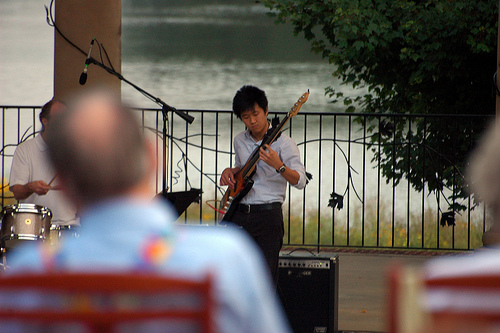
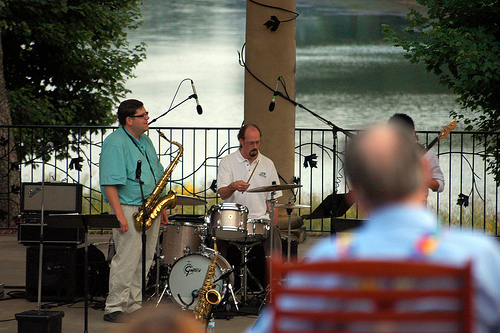

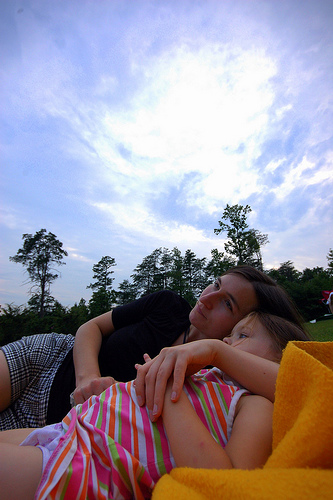


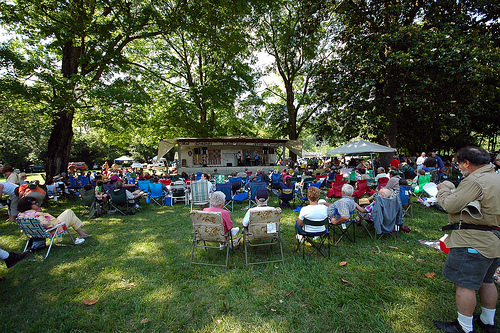
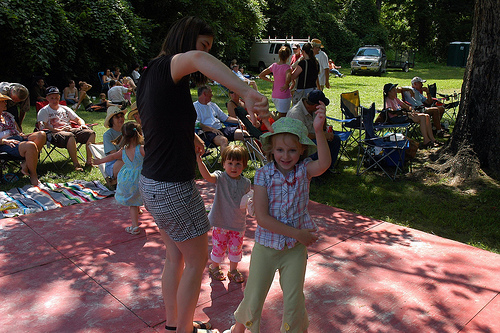
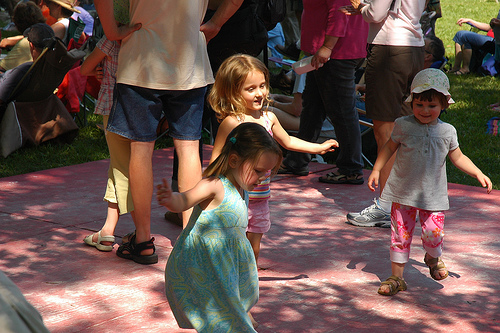
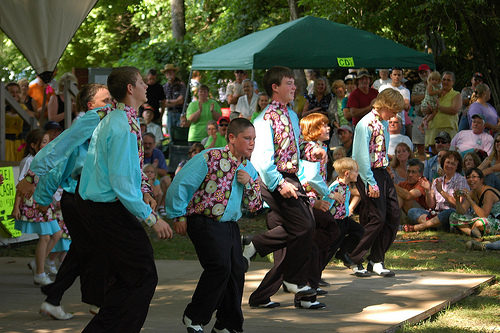
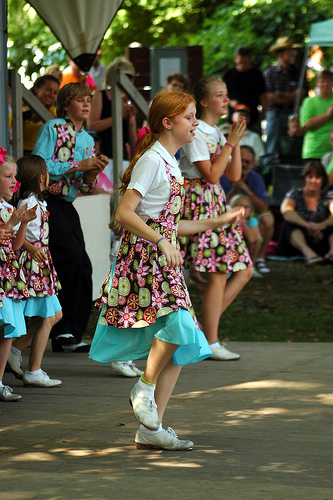
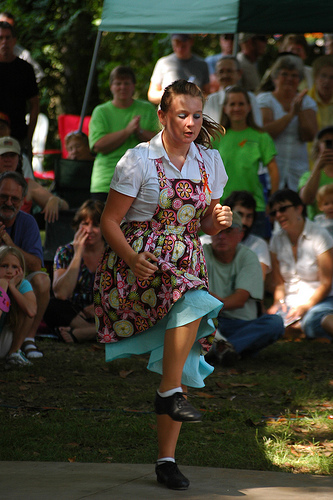
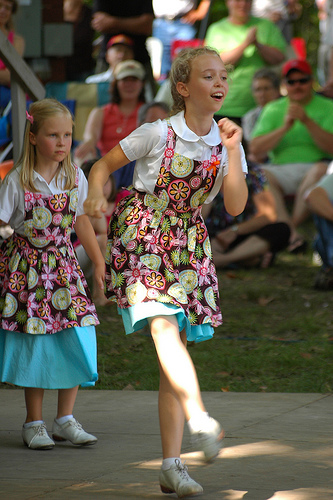
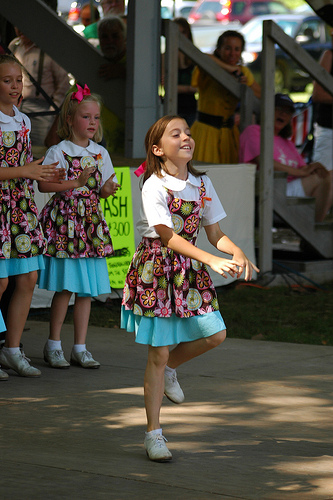



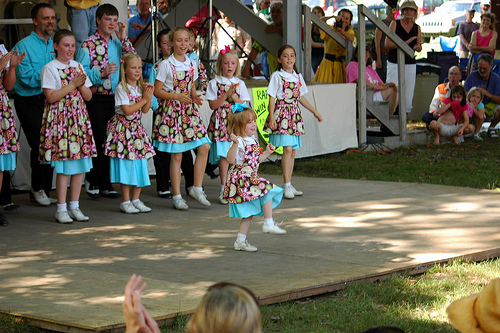
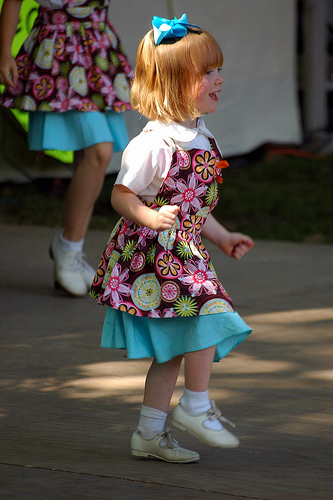
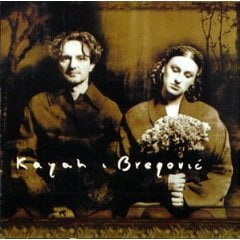 When I moved back to America from Poland in 1999, I had a difficult time adjusting. I missed my friends in Poland; I missed my students and working with them; I missed the adventure.
When I moved back to America from Poland in 1999, I had a difficult time adjusting. I missed my friends in Poland; I missed my students and working with them; I missed the adventure.
 Her album “i to, i to” (“This and That”) is a blend of jazz and muzyka goralska. When K told me about it and suggested we buy it, I cringed. Mixing goralski music with this or that genre is nothing new, but it’s seldom done well.
Her album “i to, i to” (“This and That”) is a blend of jazz and muzyka goralska. When K told me about it and suggested we buy it, I cringed. Mixing goralski music with this or that genre is nothing new, but it’s seldom done well.